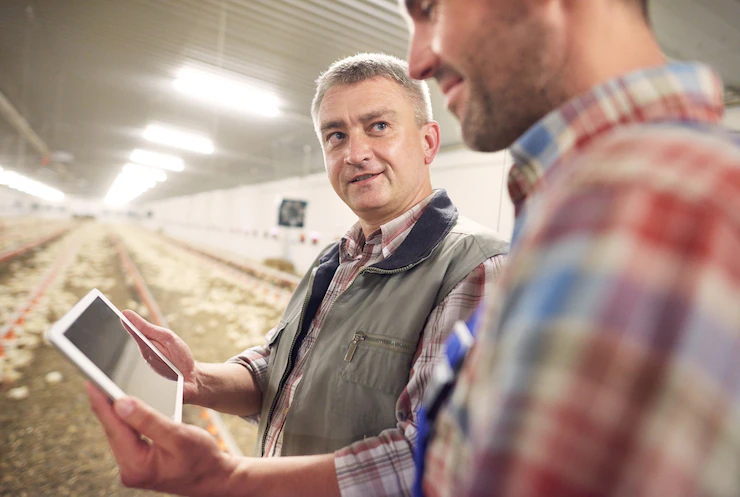Precision farming technologies have revolutionized the agricultural industry by enabling farmers to optimize resource utilization and improve productivity. These technologies involve the integration of various tools such as sensors, drones, satellite imagery, and data analytics to gather information and make informed decisions about crop management. By harnessing precision farming technologies, farmers can optimize the use of resources such as water, fertilizers, and pesticides, leading to increased efficiency and sustainability in agricultural practices.
Here are some key ways in which precision farming technologies can be used to optimize resources:
- Soil and Crop Monitoring: Precision farming technologies allow farmers to monitor soil conditions and crop health in real-time. Soil sensors can provide data on moisture levels, nutrient content, and temperature, enabling farmers to apply water and fertilizers precisely where and when needed. Crop monitoring systems use remote sensing techniques, such as satellite imagery or drone-mounted cameras, to detect variations in crop growth, pest infestations, and diseases. By identifying specific areas of concern, farmers can target interventions more effectively, reducing unnecessary resource application.
- Variable Rate Application: Precision farming technologies enable variable rate application of resources. By using data collected from soil and crop sensors, farmers can adjust the application of water, fertilizers, and pesticides based on the specific needs of different areas within a field. This approach reduces wastage and ensures that resources are applied optimally, leading to better crop growth and minimizing environmental impacts.
- Irrigation Management: Water is a precious resource, and precision farming technologies help farmers manage irrigation more efficiently. Soil moisture sensors can provide real-time data on soil water content, allowing farmers to apply water only when and where necessary. Additionally, weather data and evapotranspiration models can assist in determining irrigation scheduling, ensuring that crops receive the right amount of water at the right time.
- Pest and Disease Management: Precision farming technologies aid in early pest and disease detection, allowing farmers to respond promptly and precisely. Drones equipped with multispectral or thermal cameras can detect variations in crop health and identify potential issues before they become widespread. This early detection enables targeted interventions, reducing the need for widespread pesticide application and minimizing chemical usage.
- Data Analytics and Decision Support Systems: Precision farming technologies generate vast amounts of data, and advanced analytics can extract valuable insights from this information. By analyzing historical and real-time data, farmers can gain a deeper understanding of crop patterns, optimize resource allocation, and make informed decisions. Decision support systems provide recommendations based on data analysis, helping farmers implement precise strategies for resource management.
- Equipment Automation: Precision farming technologies also include automation features that improve efficiency and reduce resource wastage. Autonomous or GPS-guided machinery can precisely plant seeds, apply inputs, and harvest crops, minimizing overlaps and ensuring accurate placement of resources.
In conclusion, precision farming technologies offer immense potential for optimizing resource utilization in agriculture. By leveraging these technologies, farmers can enhance productivity, reduce environmental impact, and contribute to sustainable and efficient food production.
Join 'Farmers Mag' WhatsApp Channel
Get the latest Farming news and tips delivered straight to your WhatsApp
CLICK HERE TO JOIN






